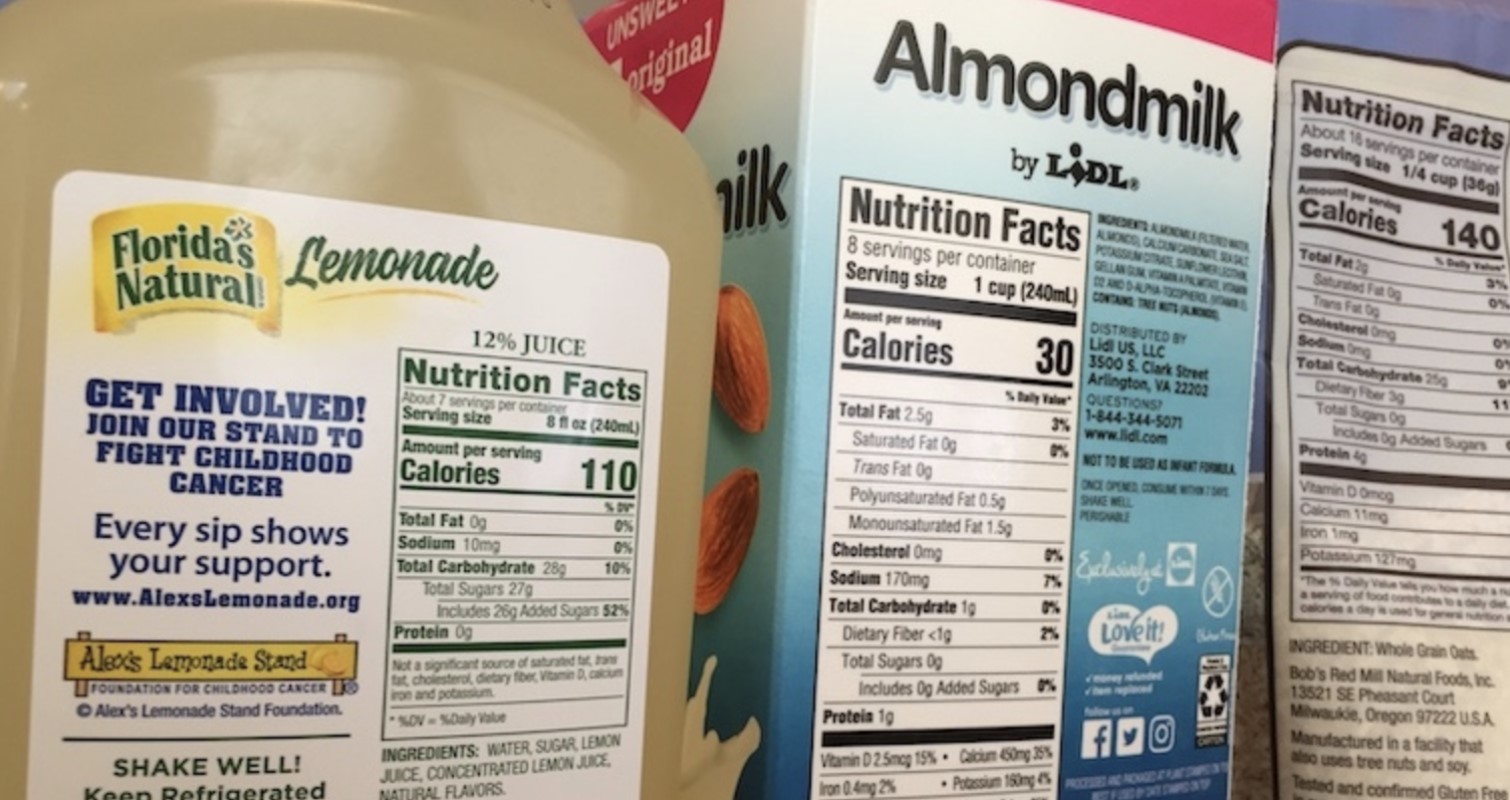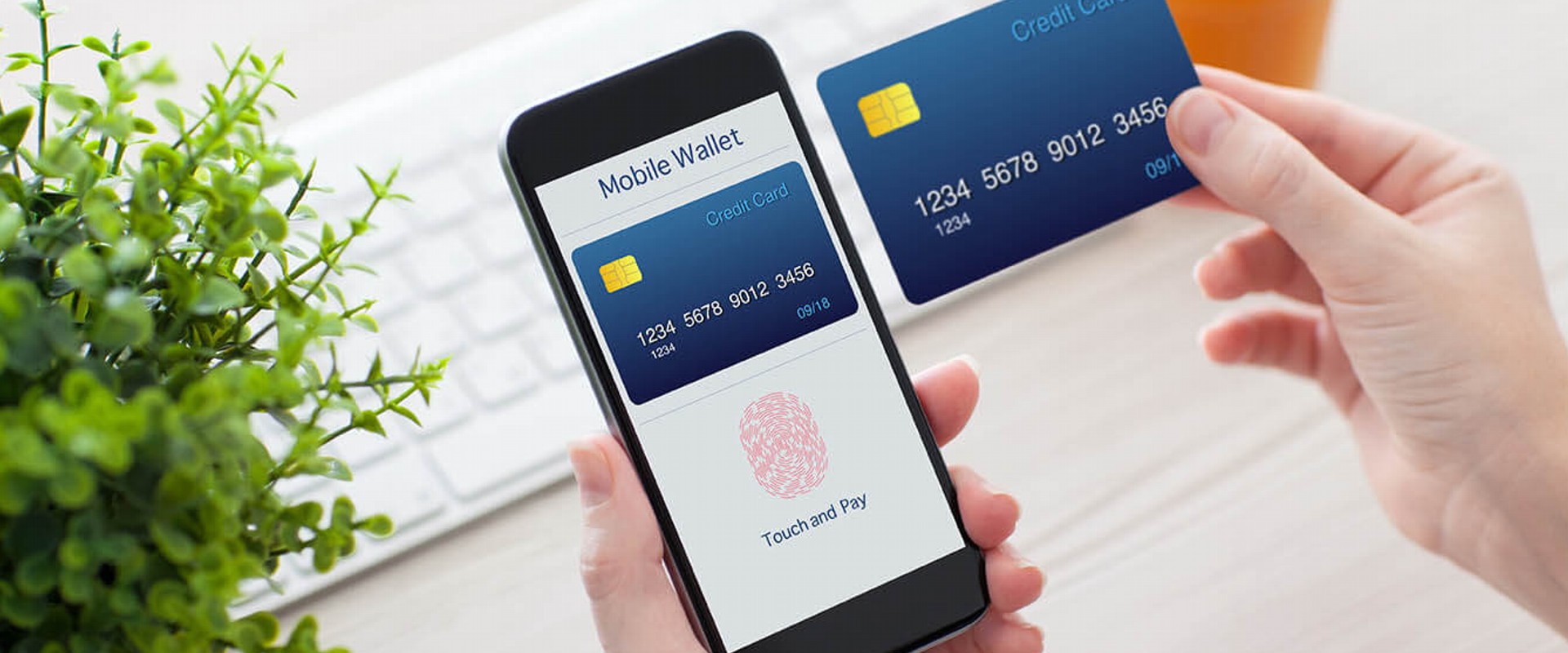
Wondering how to get nutritional facts for your product? You're in the right place! Knowing the nutritional content of what you sell is crucial for both you and your customers. It helps in making informed choices and ensures transparency. Whether you're a small business owner or a home chef, understanding nutritional facts can boost your product's credibility. From calories to vitamins, every detail matters. This guide will walk you through various methods to obtain accurate nutritional information. Ready to make your product shine with clear, reliable data? Let's get started on this tasty journey!
Understanding Nutritional Facts
Knowing the nutritional content of your product is essential for health-conscious consumers. Here are some ways to get accurate nutritional facts.
-
Use a Nutrition Label Generator
Online tools can help create nutrition labels. Input ingredients and quantities to get detailed nutritional information. -
Consult a Dietitian
Dietitians can analyze your product and provide accurate nutritional data. They have the expertise to ensure the information is reliable. -
Laboratory Testing
Send your product to a food testing lab. Labs use scientific methods to determine nutritional content, ensuring precise results. -
Government Resources
Check databases like the USDA FoodData Central. These resources offer comprehensive nutritional information for various foods. -
Food Composition Databases
Use databases like the European Food Information Resource (EuroFIR). They provide detailed nutritional data for many foods.
Tools and Technology
Technology can simplify the process of obtaining nutritional facts. Here are some tech-based solutions.
-
Mobile Apps
Apps like MyFitnessPal can analyze recipes and provide nutritional information. They are user-friendly and accessible. -
Online Calculators
Websites offer calculators where you can input ingredients to get nutritional data. These tools are often free and easy to use. -
Barcode Scanners
Use barcode scanning apps to get nutritional information instantly. These apps can scan product barcodes and display data. -
Recipe Analysis Software
Software like NutraCoster can analyze recipes and generate nutrition labels. These programs are designed for food businesses. -
Smart Kitchen Devices
Devices like smart scales can measure ingredients and provide nutritional information. They connect to apps for easy tracking.
Labeling and Compliance
Ensuring your product labels comply with regulations is crucial. Here are some tips for accurate labeling.
-
Follow FDA Guidelines
The FDA provides guidelines for nutrition labeling. Ensure your labels meet these standards to avoid legal issues. -
Use Standard Serving Sizes
Standardize serving sizes to provide consistent nutritional information. This helps consumers understand the data better. -
Include All Nutrients
List all required nutrients on the label. This includes calories, fats, proteins, carbohydrates, vitamins, and minerals. -
Update Labels Regularly
Keep your labels up-to-date with any changes in ingredients or recipes. This ensures the information remains accurate. -
Hire a Labeling Expert
Consider hiring an expert to review your labels. They can ensure compliance with regulations and accuracy.
Consumer Transparency
Transparency builds trust with consumers. Here’s how to be transparent about nutritional facts.
-
Provide Detailed Information Online
Offer detailed nutritional information on your website. This allows consumers to access the data easily. -
Use Clear and Simple Language
Use straightforward language on labels. Avoid jargon to make the information accessible to everyone. -
Highlight Key Nutrients
Emphasize important nutrients on the label. This helps consumers make informed choices quickly. -
Offer QR Codes
Include QR codes on packaging that link to detailed nutritional information. This provides easy access to more data. -
Engage with Consumers
Encourage feedback and questions about your product’s nutritional content. This fosters trust and transparency.
Your Path to Accurate Nutritional Facts
Getting accurate nutritional facts for your product doesn't have to be a headache. Use trusted sources like the USDA database, food labels, and reputable websites. Don't forget to check out apps that can scan barcodes for instant info. If you're creating a new product, consider hiring a nutritionist or using software designed for this purpose. Always double-check your data to ensure it's up-to-date and accurate. This way, you provide your customers with the best information, helping them make healthier choices.
Remember, transparency builds trust. By offering clear and precise nutritional facts, you not only comply with regulations but also enhance your brand's reputation. So, roll up your sleeves, gather your data, and make your product stand out with reliable nutritional information. Happy labeling!
Was this page helpful?
Our commitment to delivering trustworthy and engaging content is at the heart of what we do. Each fact on our site is contributed by real users like you, bringing a wealth of diverse insights and information. To ensure the highest standards of accuracy and reliability, our dedicated editors meticulously review each submission. This process guarantees that the facts we share are not only fascinating but also credible. Trust in our commitment to quality and authenticity as you explore and learn with us.


